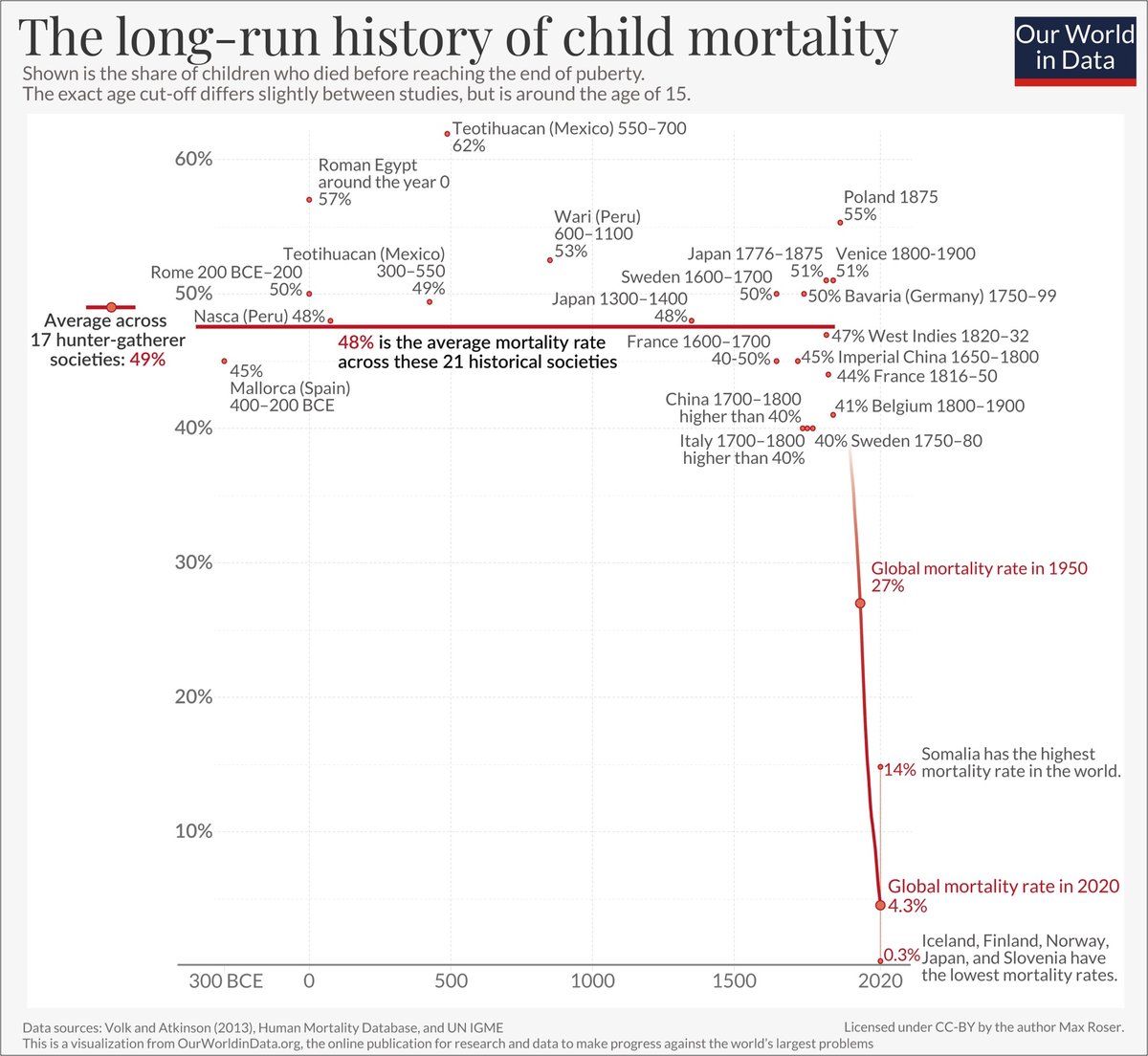While removing tiles during renovations at the Lenna of Hobart Hotel, Brian Cooper came across something hidden in the walls.
He pulled out a newspaper that was over 50 years old, but quickly realised this was no ordinary paper.
"I wasn't too sure what it was, I thought it was a porno book really," Mr Cooper said.
The 1973 erotic newspaper by Ribald in Sydney is reminiscent of a time capsule, revealing a part of Australian history almost forgotten.
Brian Cooper holding up the erotic Ribald newspaper found in the walls of the Lenna of Hobart hotel. (ABC: Eliza Kloser)
The yellowed pages feature satire articles, from a flasher with "duplicated genitalia", to a male wrestler held at gunpoint for sex.
Throughout, there are nude models, erotic comics, personal advertisements and even a sex quiz.
It also depicts photos and articles of homosexuality in a time when that was criminalised in some states and territories.
A comic section plays on 'traffic signs' with sexual innuendo. (ABC: Eliza Kloser)
Satirical and erotic articles feature throughout the Ribald newspaper. (ABC: Eliza Kloser)
Personal advertisements sent from every state in Australia featured in the paper. (ABC: Eliza Kloser)
How did it get there?
Cameron Clark's family owns the hotel, and Mr Cooper said the newspaper may have made its way there during renovations of the main mansion in 1974.
"It would have been some of the workers that were doing the renovations on it, without a doubt," he said.
"There was a can of beer next to it as well."
Historical photo of a function at the Lenna of Hobart hotel, undated. (Supplied: Lenna of Hobart)
The original 1874-built sandstone mansion is listed on the National Trust, and its walls have hosted famous guests, including Andrew Mountbatten-Windsor (the former Prince Andrew) with Sarah Ferguson, and members of the band Midnight Oil.
"[The newspaper] will probably be put into one of the scrapbooks or museum areas that we've got within the hotel," Mr Clark said.
"It's a genuine piece of history.
"But it's probably not everyone's cup of tea, so whether it will be on public display or not, I'm not sure."
The Lenna of Hobart has a rich history and is one of the original buildings near Hobart's waterfront. (ABC: Eliza Kloser)
Satire, sex and alternative press
There were several erotic and satirical newspapers in Australia in the 1960s and 70s, including Ribald, Oz, Squire, and the popular Kings Cross Whisper.
In an interview with the ABC in 1971, editor of the Kings Cross Whisper Terry Blake said it was the type of journalism people wanted compared to typical news publications.
ABC News report on Kings Cross erotic newspaper in 1971 (ABC News)
"The degree of professionalism, the degree of well-written copy and the realistic appraisal of the world as it is, [is] far more evident in the Whisper," he said.
"We publish tit pictures sure, they are pretty pictures and they are well worth looking at, but our copy is funny … our journalism is funny."
Some of the headlines featured in the Kings Cross Whisper during its publication between 1964 to the mid-1970s included:
Everything in Australia banned
Opera House to be a hamburger joint
Victoria plans new body to plan new plan
Poker machines ban people
Pop group sings in tune
So, who were the writers behind these parody articles?
Mr Blake said "some of the best journalists in Australia".
In an interview with The Sydney Morning Herald, co-creator of the Kings Cross Whisper Max Cullen said well-regarded journalists adopted fake names to write for them.
"Just about every top journo wrote for them under stupid names like 'Argus Tuft'. I called myself 'Marc Thyme'. Sounds pretty flashy, eh?"
he said.
Battle of censorship
As you can imagine, some state and territory governments at the time were not the biggest fans of these publications.
The editor of another erotic publication, called Squire, said in an interview that he received "hints" of government objection.
"We've only ever had trouble with Victoria, none of the other states have made any fuss at all," Jack de Lissa told the ABC in 1967.
"They banned nipples in colour. then they banned nipples in black and white, then they banned bottoms and then drawings of bottoms, then drawings of nipples — it just went on endlessly."
There was a legal risk involved with publishing erotic content, with the editor of the Oz, Richard Walsh, going behind bars during the 1960s, charged with issuing an obscene publication.
Some publications were also ripped off street stands in Perth by police, according to a Canberra Times article in 1973.
"Plain-clothes police raided a city bookstall today and seized sex publications valued at $500," it read.
"They took girlie magazines and copies of the eastern states publications Bawdy and Ribald."
The copy of the uncovered Ribald newspaper in Hobart shines a light on a time in Australia's media history where sexuality was scandalised.




